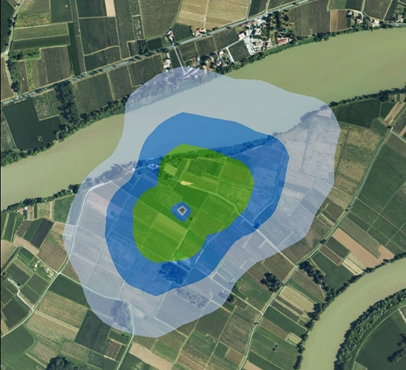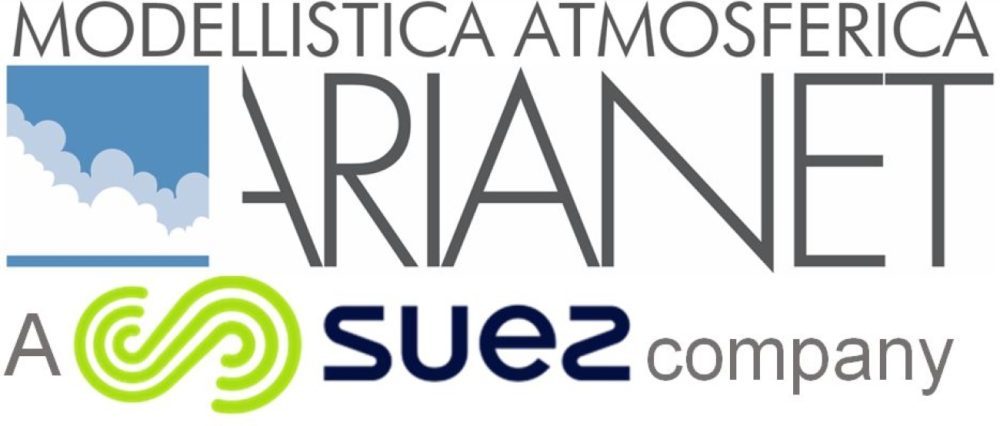Industrial facilities often have a significant impact on air quality and are subject to monitoring activities conducted either by the facilities themselves or by public authorities. This monitoring aims to control the potential hazards related to public health.
Monitoring provided by air quality measurement stations can sometimes be insufficient. The use of models allows for the estimation of regulatory parameters in areas not covered by instrumentation, proving to be an essential tool in studying the contributions of various industrial or urban emissions.
Atmospheric pollution modeling thus becomes a tool that complements, integrates, and, in some cases, can replace monitoring as provided by the framework regulation on air pollution control, specifically Legislative Decree No. 155/2010.

